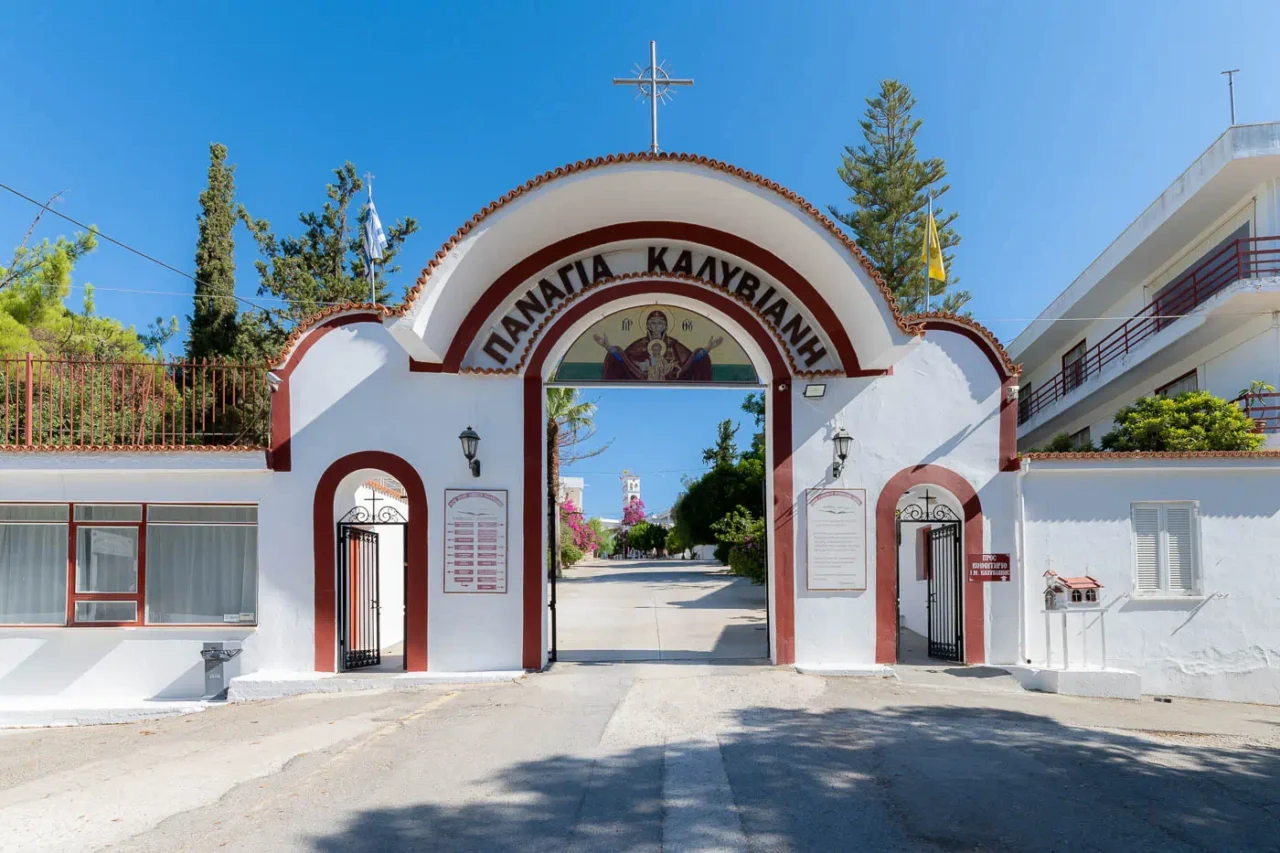
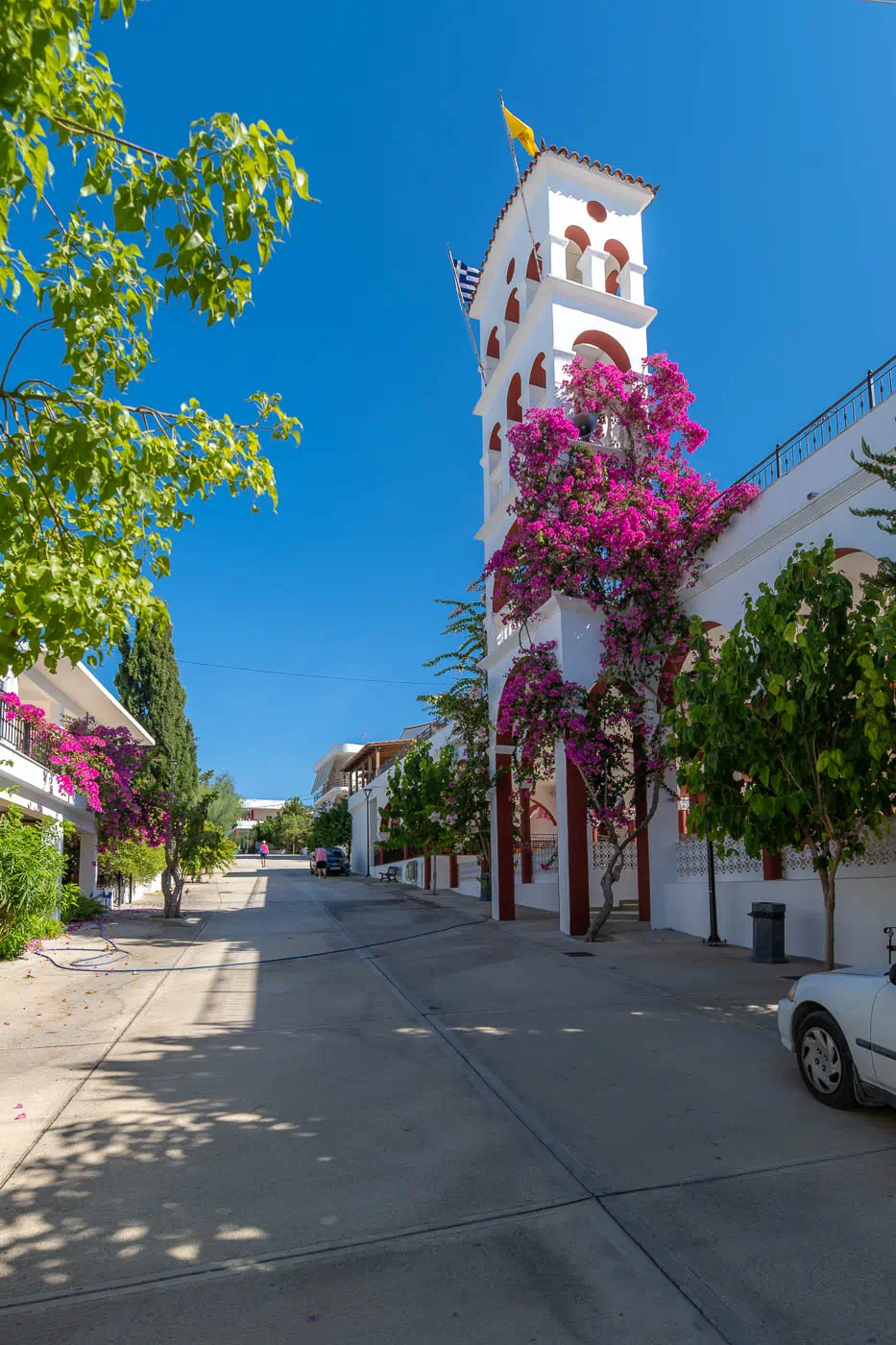
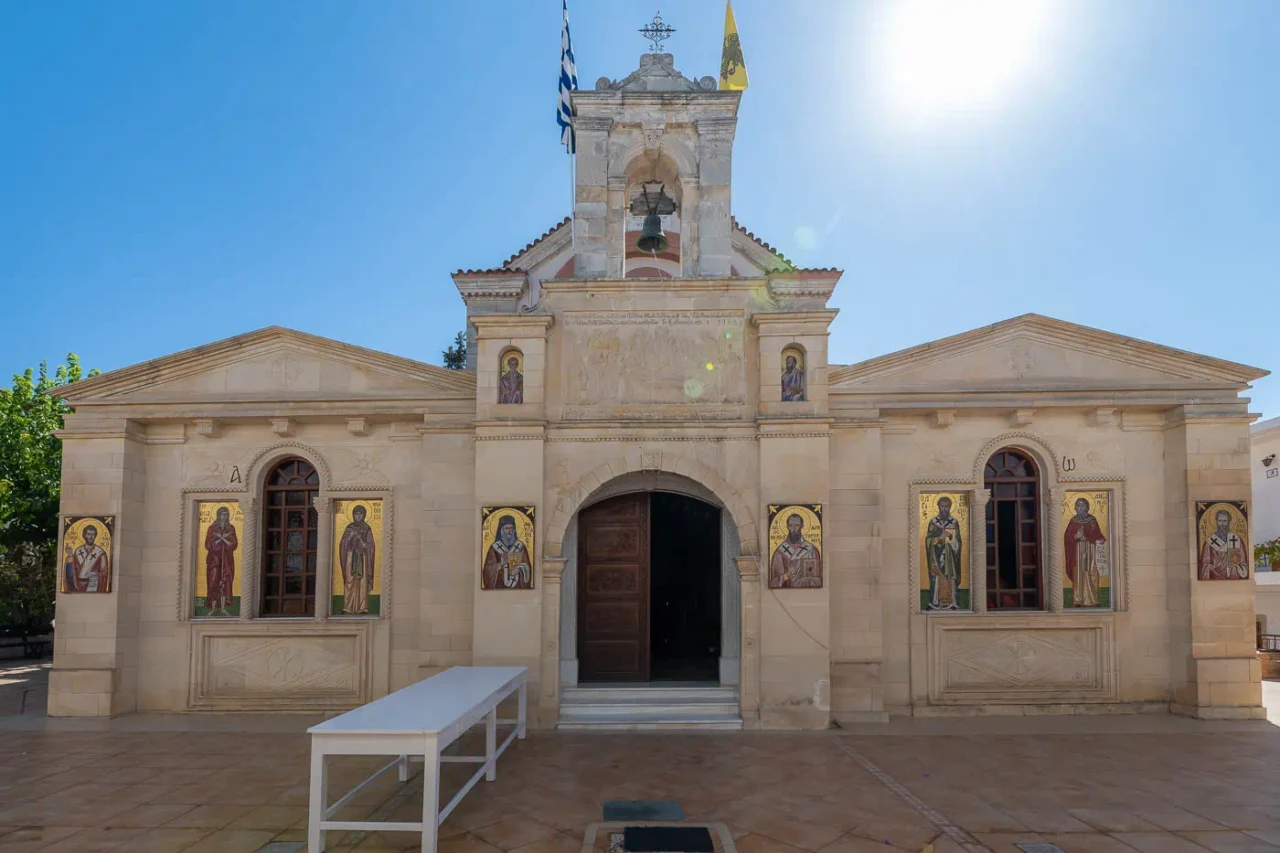
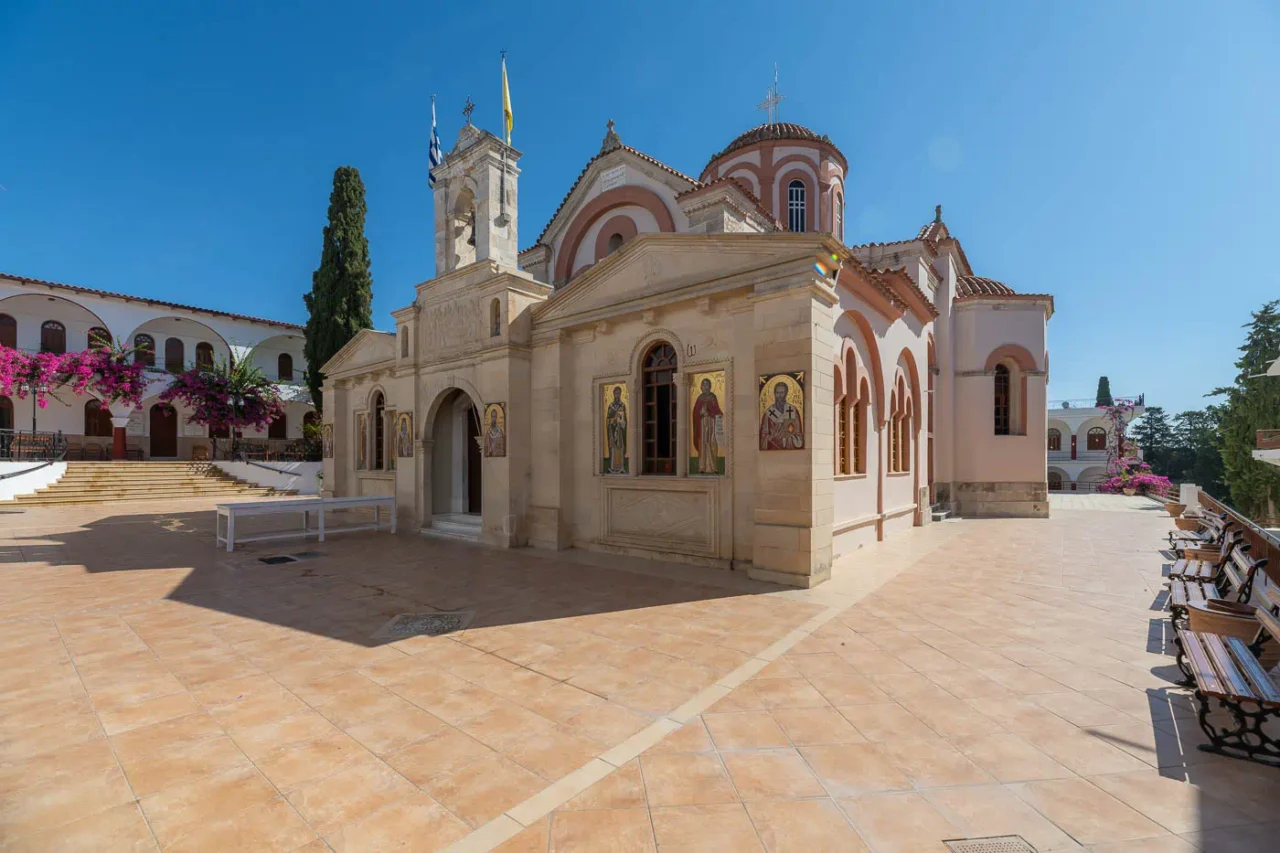
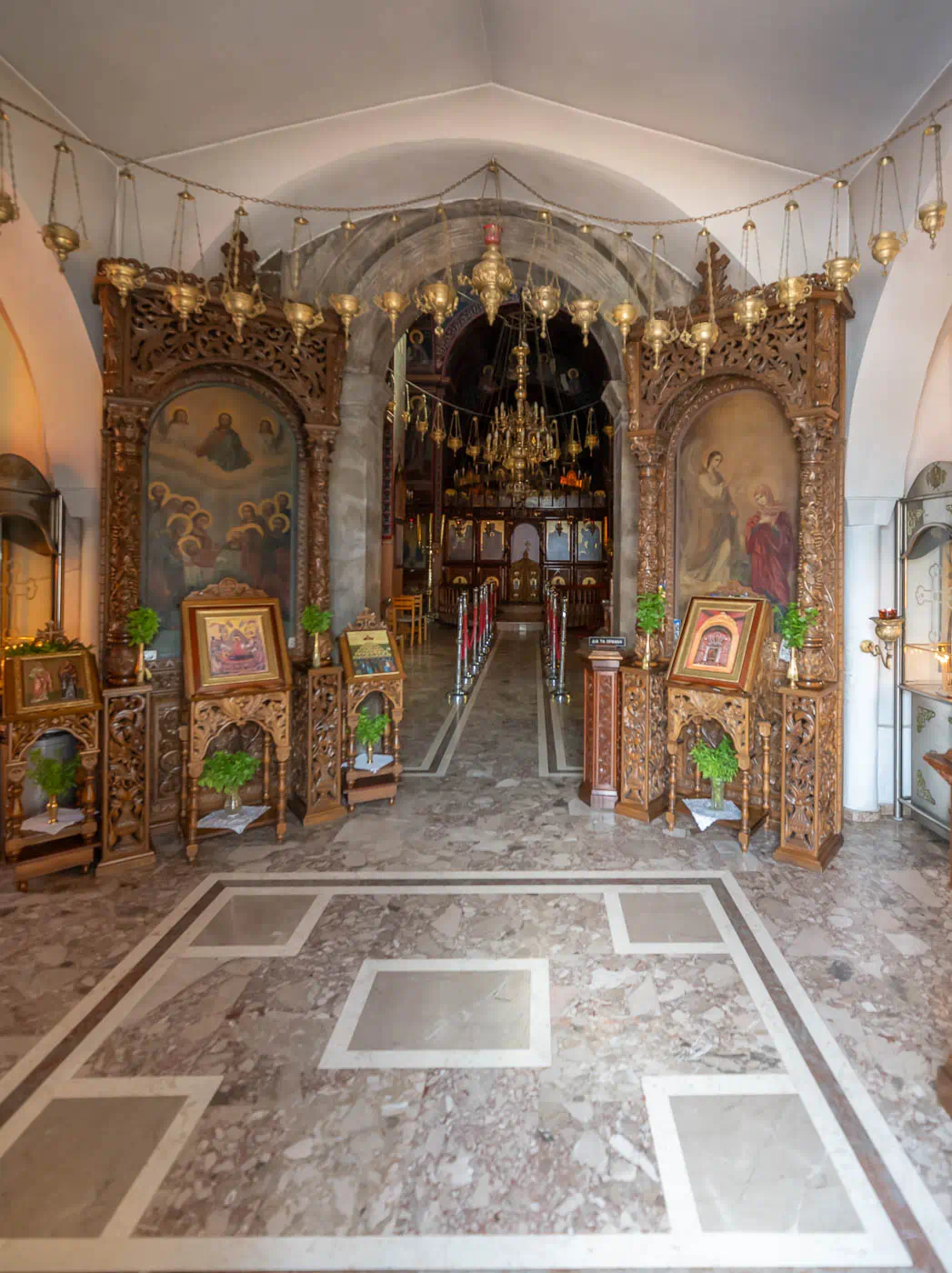
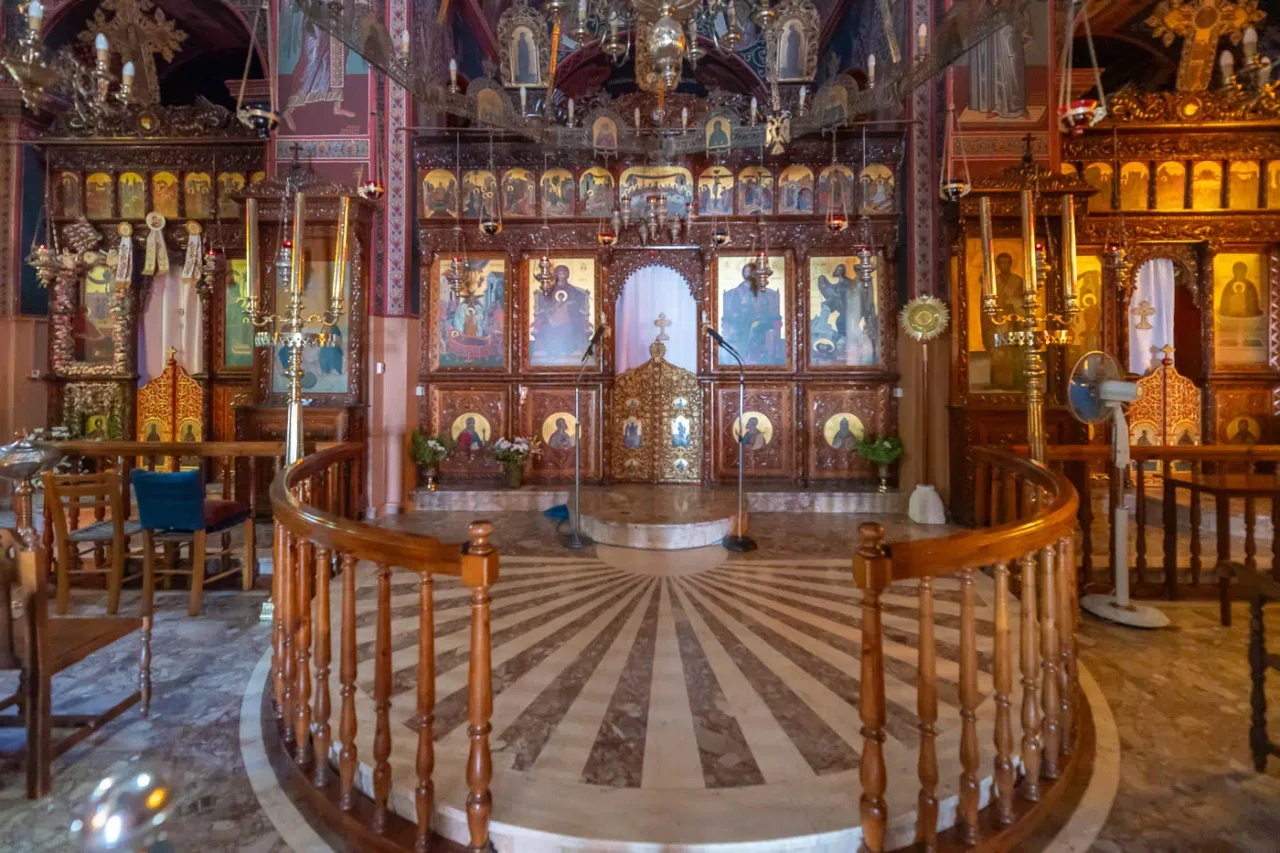
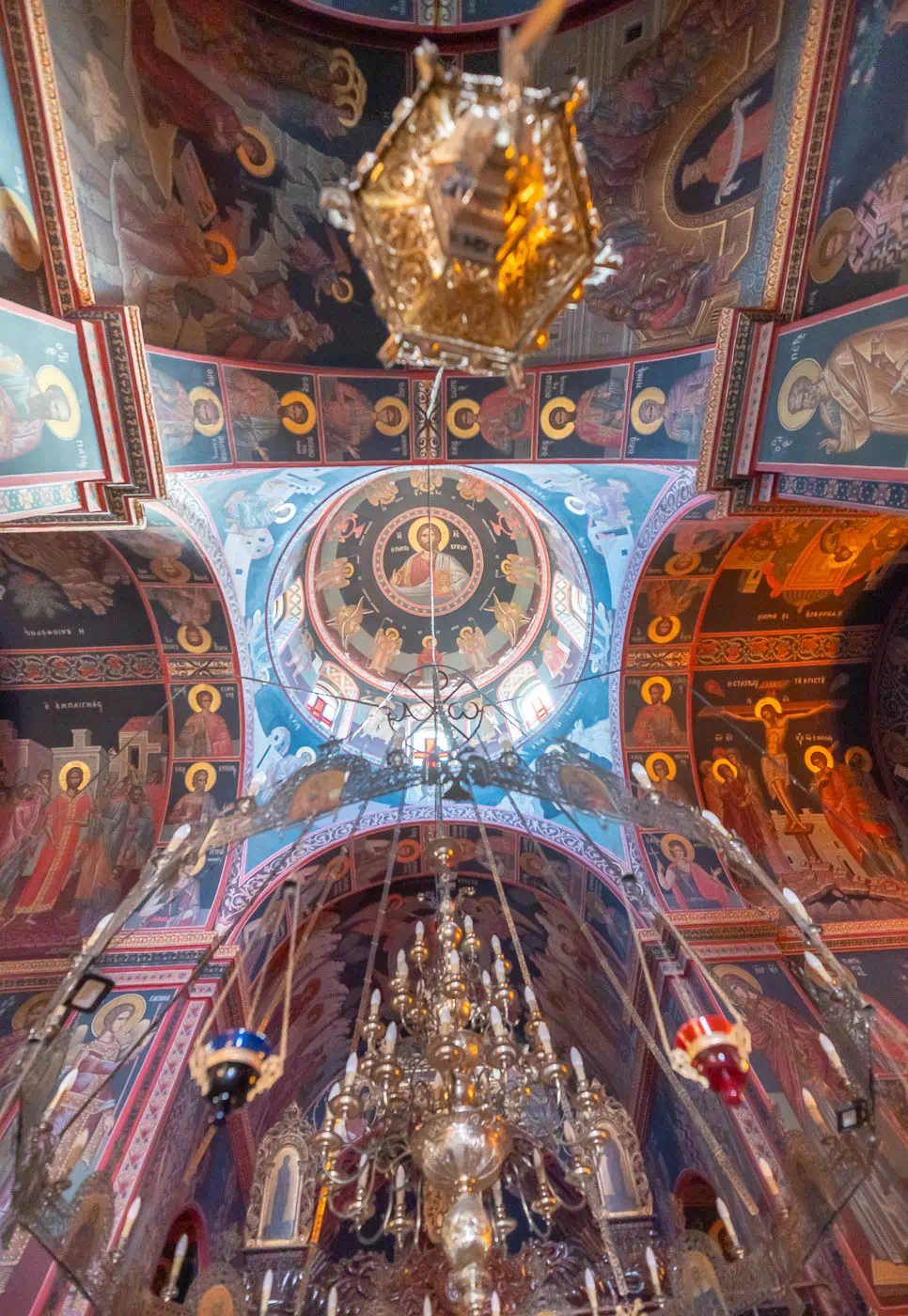
A Beacon of Hope and Compassion in Crete
The Monastery of Panagia Kalyviani, located near Moires in the Heraklion regional unit on the island of Crete, is a significant spiritual and charitable institution. It is renowned not only for its religious importance but also for its extensive social and philanthropic work. The monastery’s history is intertwined with the broader narrative of Crete, reflecting the island’s resilience and faith throughout various historical periods.
Historical Context
The site of the present monastery has a long history, dating back to the Byzantine era. During the Ottoman occupation of Crete, the area where the monastery now stands belonged to a Turkish landowner named Hussein Brazerzade. In 1873, an old icon of the Annunciation of the Virgin Mary was discovered beneath the ruins of a destroyed church on his land. The local Christians petitioned Hussein Bey to grant them the land to build a church, but he refused.
The Christians then appealed to Metropolitan Meletios, who in turn forwarded their request to the governor, Mustafa Nouri Pasha. The Pasha dismissed their plea, considering the discovery of a “piece of painted wood” insufficient grounds for expropriation. This response was deemed disrespectful to the Metropolitan, leading to protests from the Heraklion council to the consuls of the Great Powers. Eventually, Reouf Pasha, the governor of Crete, intervened and ordered the purchase of the land around the neighboring village of Kalyvia. The church was then built and renovated by the Christians, who named it Panagia Kalyviani.
Establishment and Growth
The monastery is relatively new, as it’s not mentioned in the 1881 census of monasteries conducted by N. Papadakis. The construction of the new church with a dome, in the Byzantine style, began in 1911 and was completed in 1924. This church has three aisles dedicated to the Nativity, the Annunciation, and the Dormition of the Theotokos. The old icon of the Virgin Mary is now housed in this new church.
In recent decades, the monastery has expanded into a large complex housing numerous charitable institutions. It falls under the jurisdiction of the municipal district of Faistos.
Architectural Significance
The monastery complex showcases a harmonious blend of architectural elements, reflecting its historical evolution and expansion. The centerpiece is the imposing central church, constructed in 1924. This grand structure, built in the Byzantine style, features a prominent dome and a three-aisled layout, with each aisle dedicated to a significant event in the life of the Virgin Mary: the Nativity, the Annunciation, and the Dormition.
Adjacent to the main church stands the historic 14th-century church of Zoodochos Pigi (Life-Giving Spring). This smaller, single-nave church, adorned with captivating frescoes, serves as a tangible link to the monastery’s Byzantine roots. The frescoes depict scenes from the Christological cycle and portray the Agioi Deka, the local saints of the Messara Plain. The church also boasts an impressive built-in iconostasis featuring a captivating wall painting of Jesus.
Surrounding the churches, a collection of buildings, both old and new, forms the heart of the monastery complex. These structures serve various purposes, accommodating the nuns’ living quarters, guest accommodations for visitors and pilgrims, workshops dedicated to preserving traditional crafts, and a museum showcasing religious artifacts and local history. The monastery also features the Church of Saint Charalambos, who practiced asceticism at the monastery. This church houses several tombs and is celebrated on August 23rd.
The monastery’s architectural diversity is a testament to its continuous growth and adaptation throughout the centuries. The juxtaposition of the Byzantine-style central church with the older, frescoed church of Zoodochos Pigi creates a unique visual and historical tapestry. The surrounding buildings, with their blend of traditional and modern elements, reflect the monastery’s ongoing evolution and its commitment to serving the community.
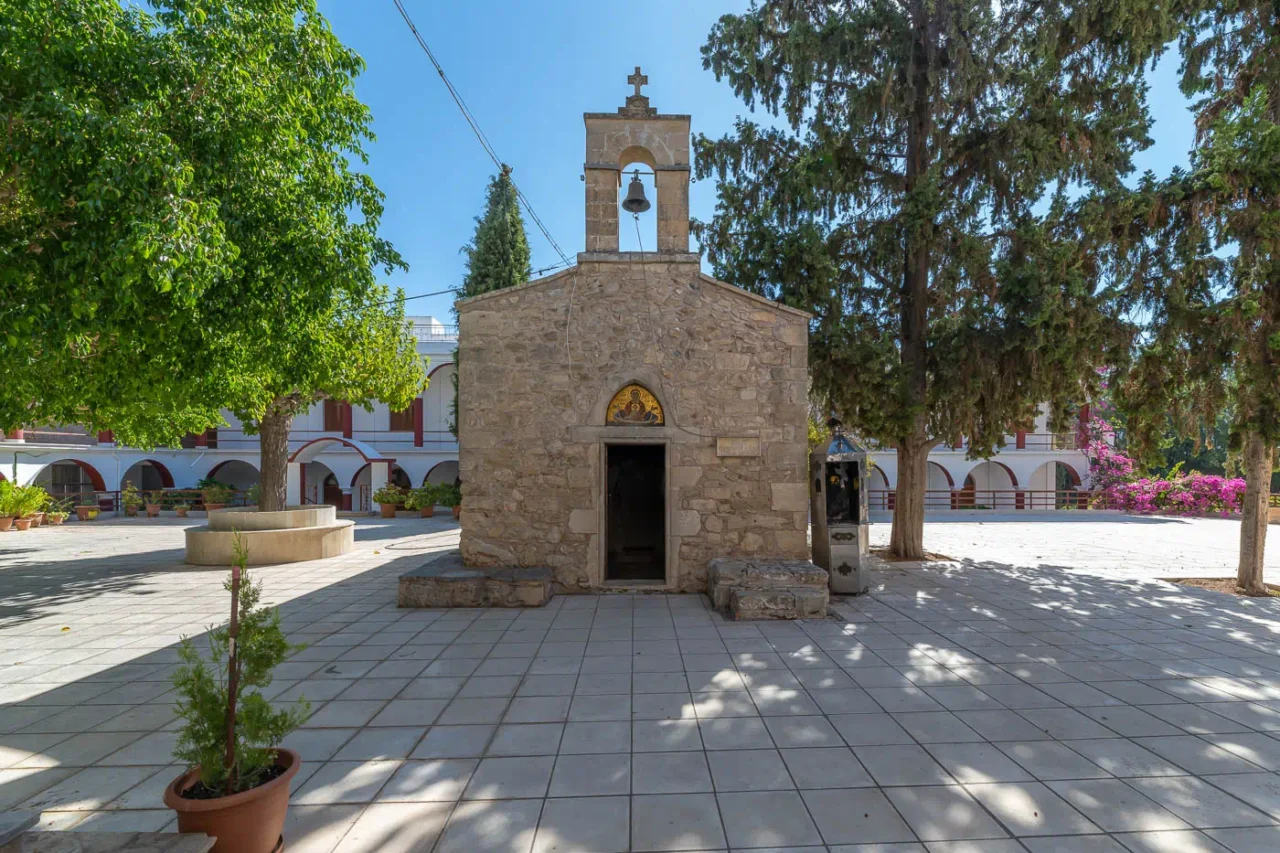
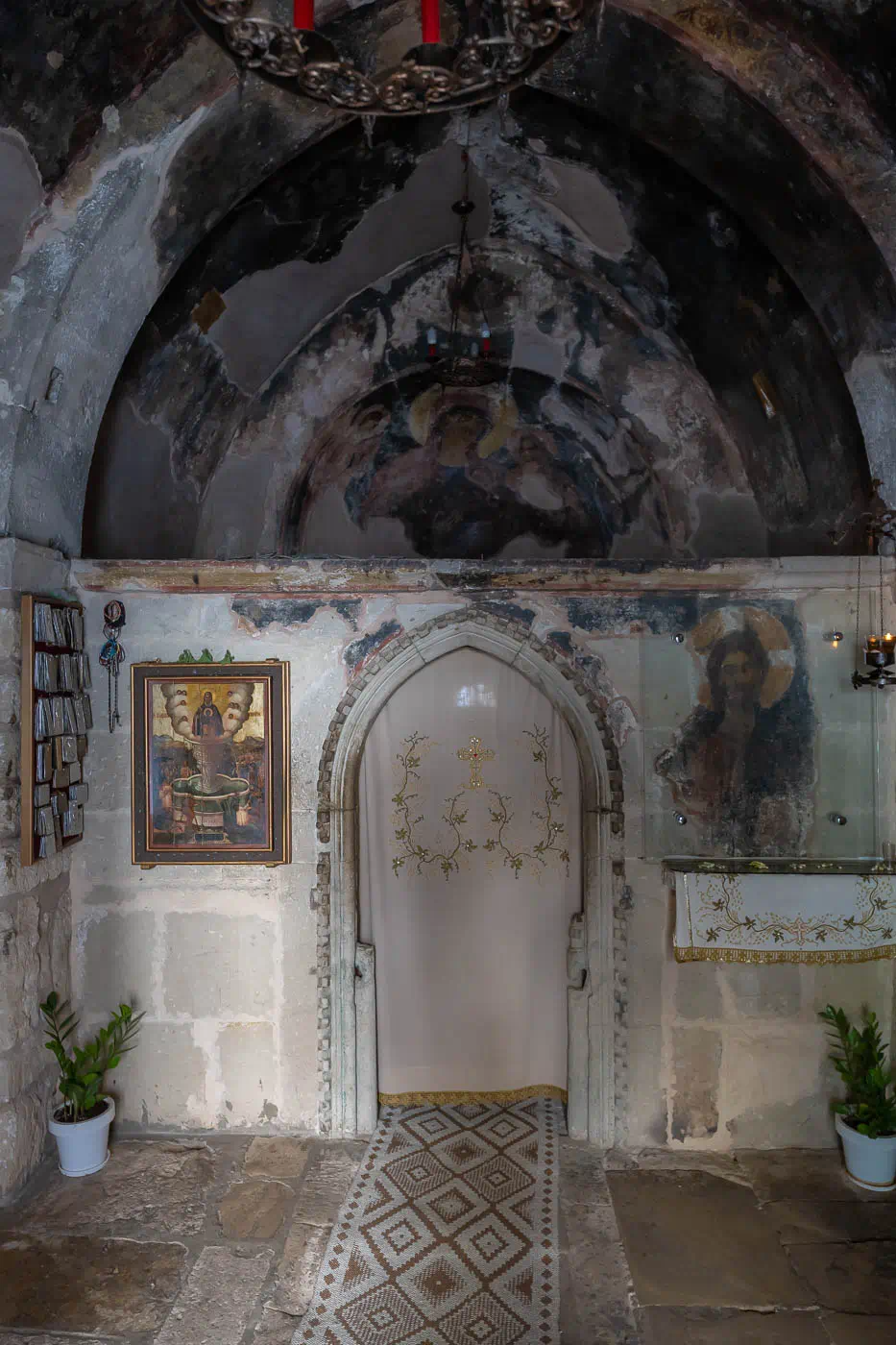
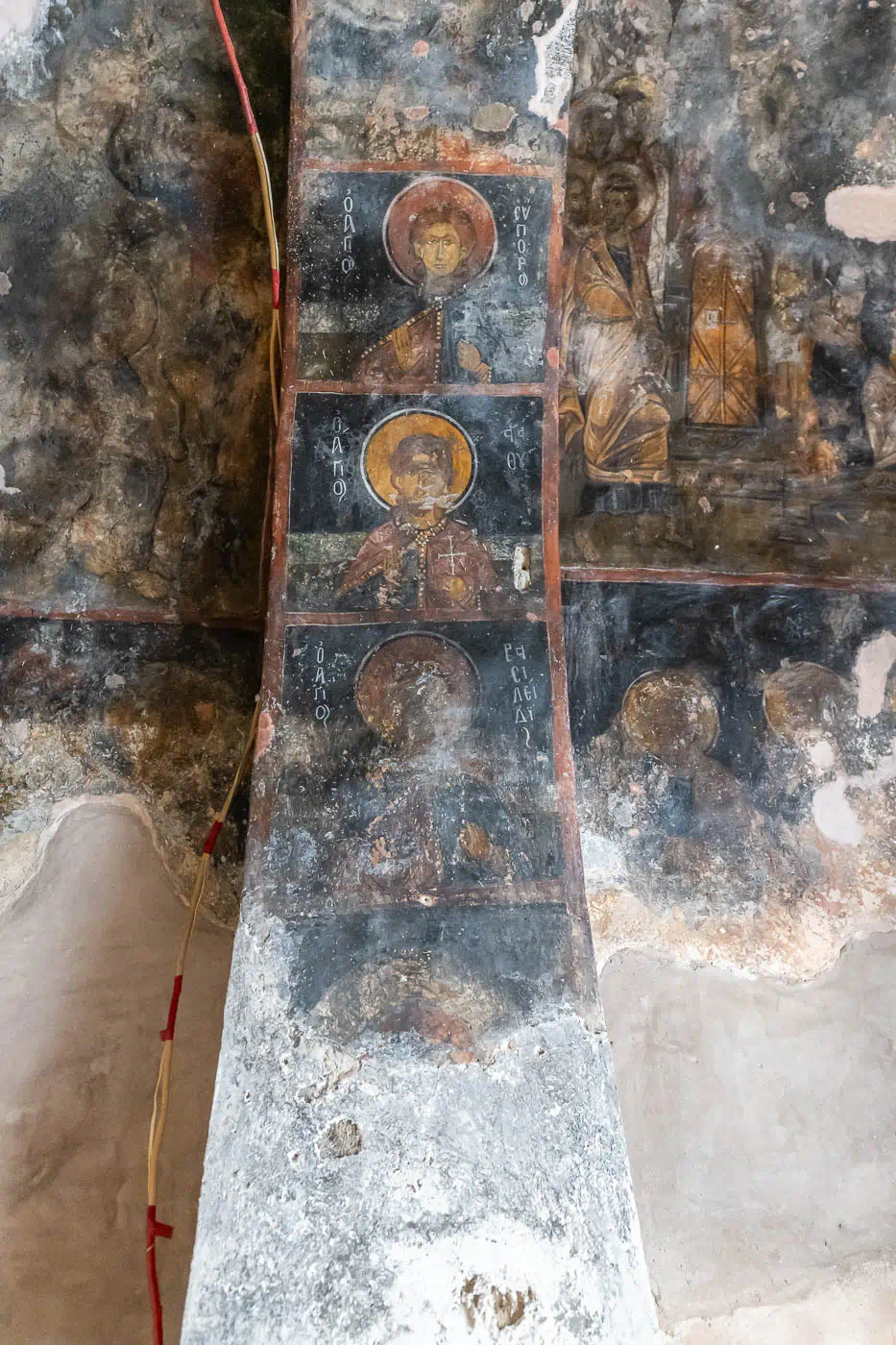
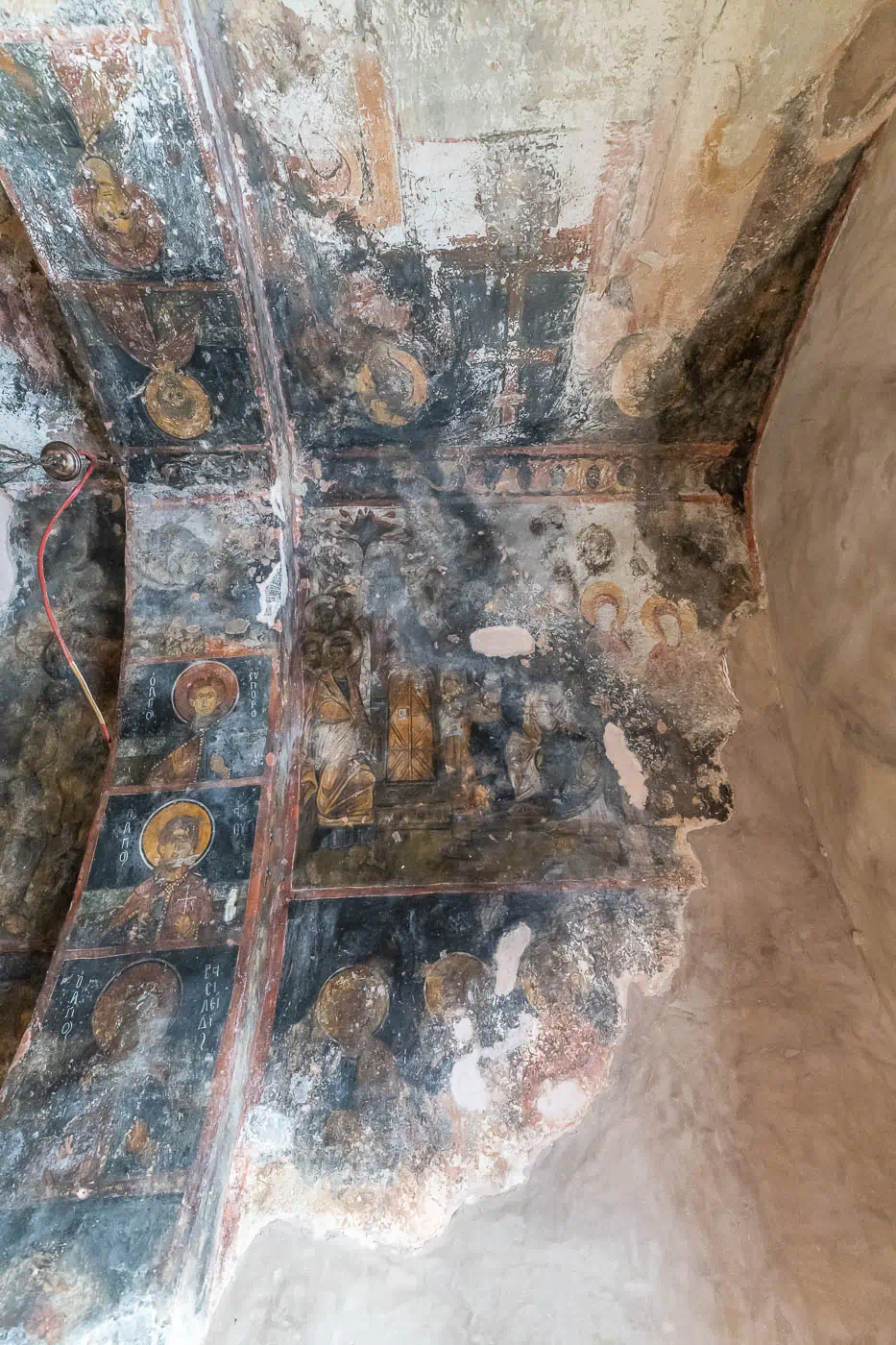
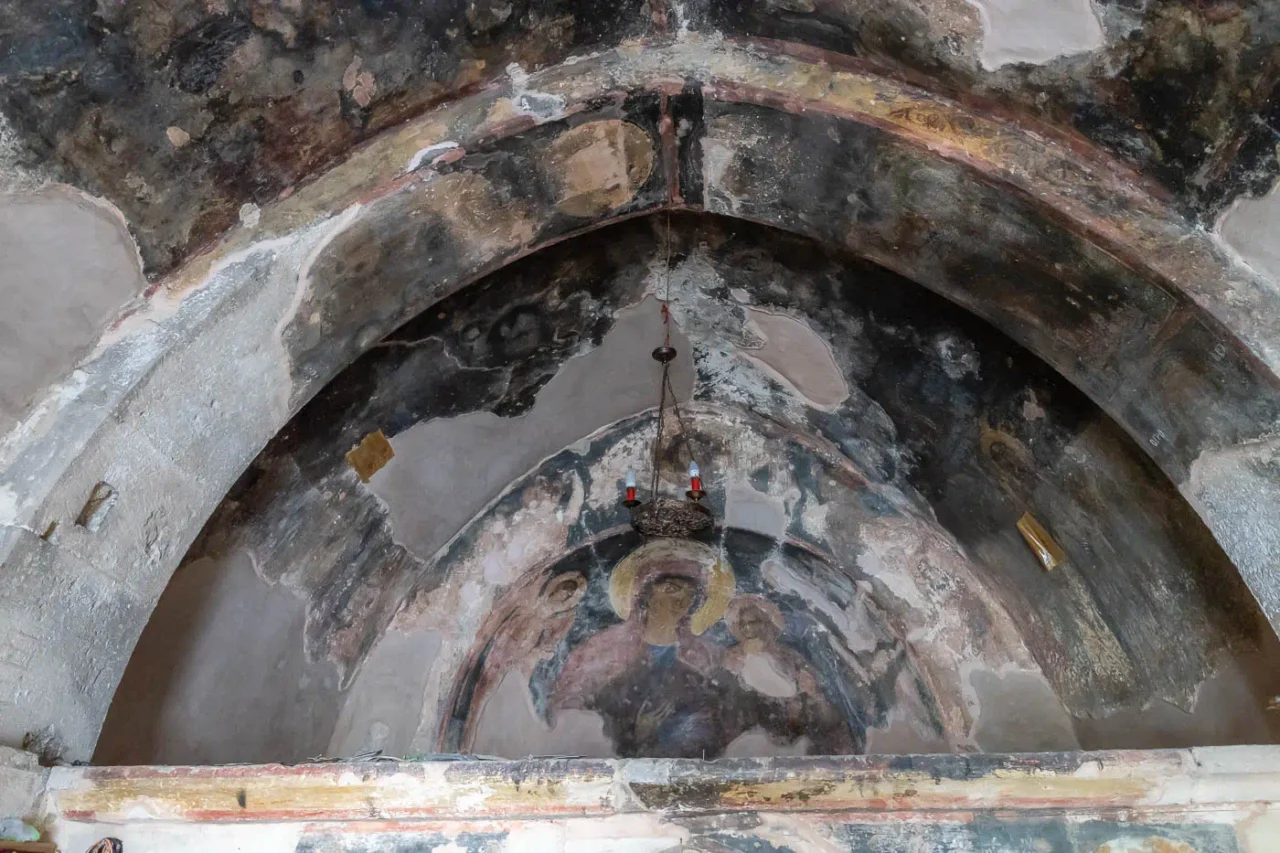
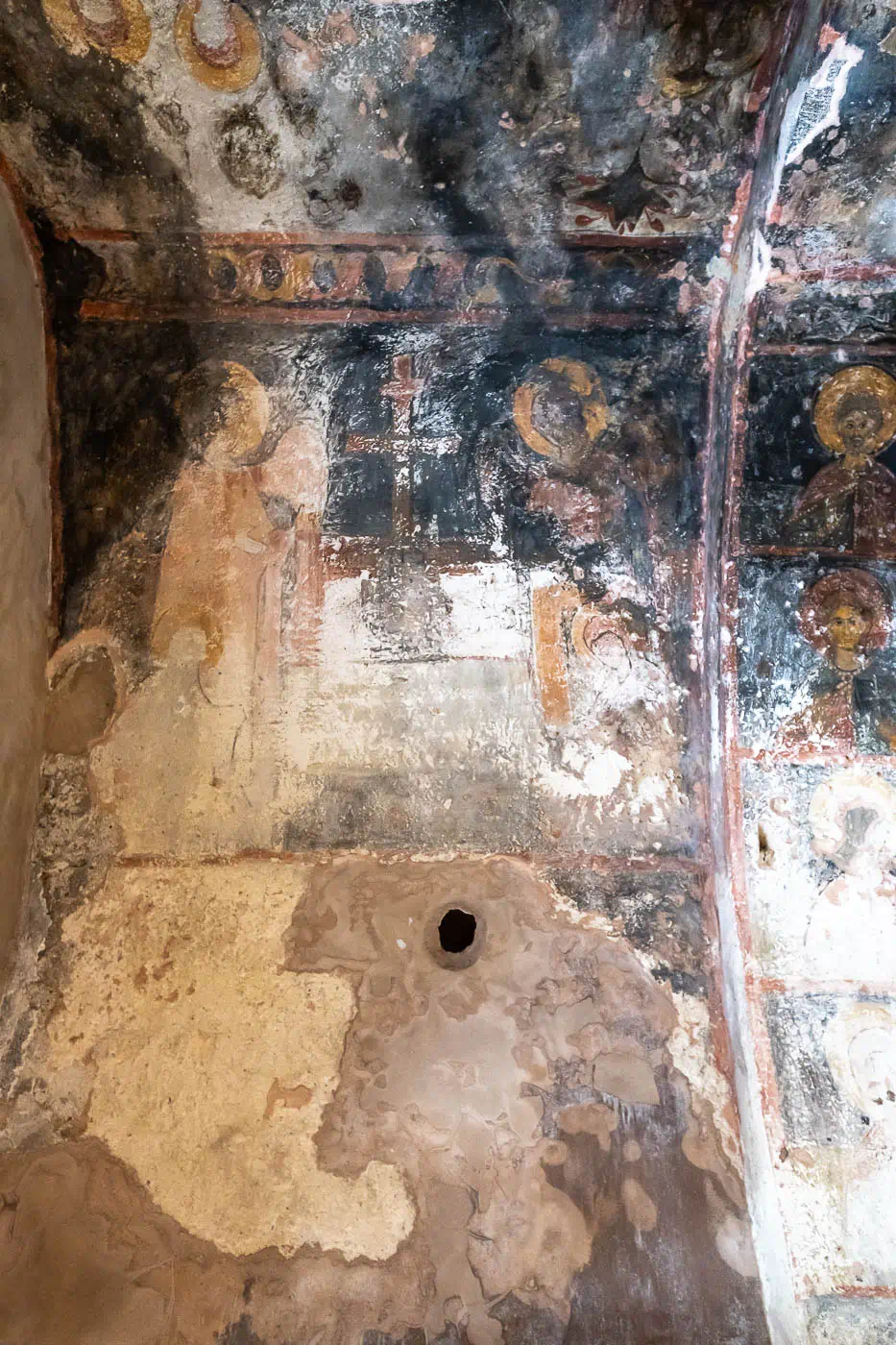
Charitable and Social Endeavors
The Monastery of Panagia Kalyviani stands as a shining example for other monasteries due to its extensive social work and numerous charitable institutions. Since 1956, under the dynamic leadership of Metropolitan Timotheos Papoutsakis of Gortyna and Arcadia, the monastery has transformed into a “Christian City.” This transformation involved the establishment of an orphanage, a nursing home, a housekeeping school, a young women’s institution, a primary school, a kindergarten, camps, and workshops for weaving, knitting, and ecclesiastical embroidery.
The monastery’s commitment to social welfare is further evidenced by the various institutions it houses today. These include the “Tenderness of the Virgin Mary” orphanage, the “Agioi Deka” nursing home, the “Holy Protection” youth protection center, and the “Theotokos” child protection center.
The monastery also operates workshops for ecclesiastical embroidery, iconography, and weaving, contributing to the preservation of traditional crafts and providing opportunities for skill development and creative expression. The Ecclesiastical and Folklore Museum offers visitors insights into the region’s rich cultural heritage, while the on-site primary school and kindergarten cater to the educational needs of the children residing in the institutions and the surrounding area. Additionally, the camp at Kokkinos Pyrgos provides a space for recreational activities and summer vacations for the children from the institutions.
Spiritual Significance
The Monastery of Panagia Kalyviani holds deep spiritual significance for the local community and pilgrims from afar. The central church, dedicated to the Virgin Mary, serves as a focal point for worship and prayer. The annual celebration on March 25th, commemorating the Annunciation, draws large crowds of faithful who come to pay homage to the Virgin Mary and seek her blessings.
The monastery’s rich history, intertwined with the discovery of the miraculous icon and the subsequent efforts to rebuild the sacred site, adds to its spiritual aura. The presence of the historic 14th-century church of Zoodochos Pigi, with its captivating frescoes, further enhances the monastery’s spiritual appeal, offering visitors a glimpse into the island’s Byzantine heritage and artistic traditions.
Conclusion
The Monastery of Panagia Kalyviani is a remarkable testament to the enduring power of faith and the unwavering commitment to serving humanity. It stands as a beacon of hope and compassion in the heart of Crete, offering spiritual solace, educational opportunities, and social support to those in need. Its architectural grandeur, rich history, and vibrant community make it a cherished landmark and a source of inspiration for generations to come.
Key Points
- Construction Period: The main church was constructed between 1911 and 1924. The older church, Zoodochos Pigi, dates back to the 14th century.
- Location: Located 60 km south of Heraklion, near the village of Kalyvia, at an elevation of 80 meters.
- Dimensions: The main church is a large three-aisled basilica. The older church is a smaller, single-nave structure.
- Historical Significance: The monastery’s establishment is linked to the discovery of a miraculous icon and the efforts to rebuild a sacred site.
- Current Status: An active monastery with a strong focus on social welfare and charitable work.
References:
-
M. Andrianakis, G. Kapsomenos, M. Andreadeki-Vlazuki (2011), Proceedings of the 10th International Cretan Conference (Chania 2006) Volume A
-
Panos Char. Maniatopoulos (2021), The 15 Historic Monasteries of Crete
-
N. M. Panagiotakis (1988), Crete: History and Civilization, Volume B













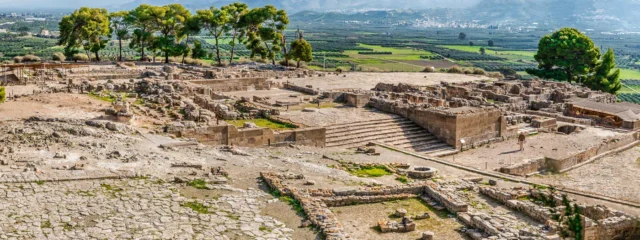
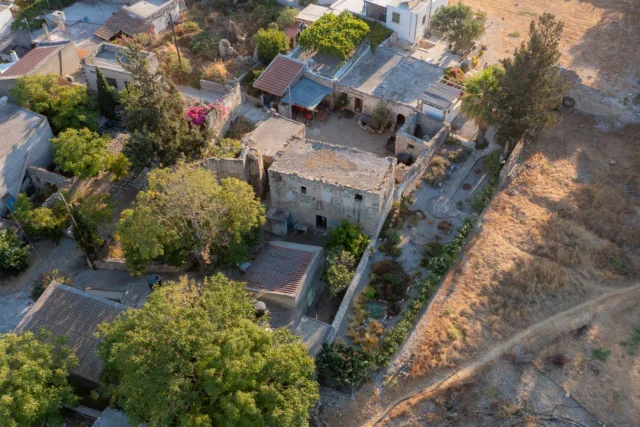
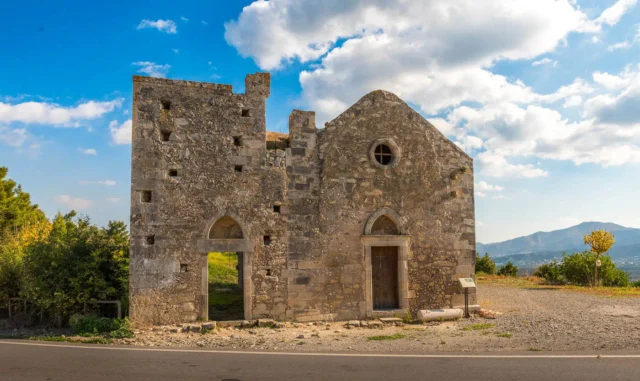

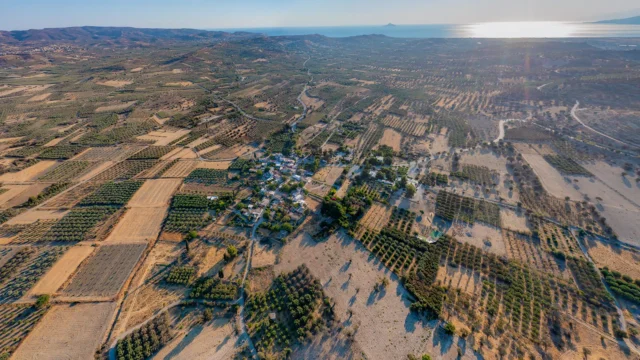

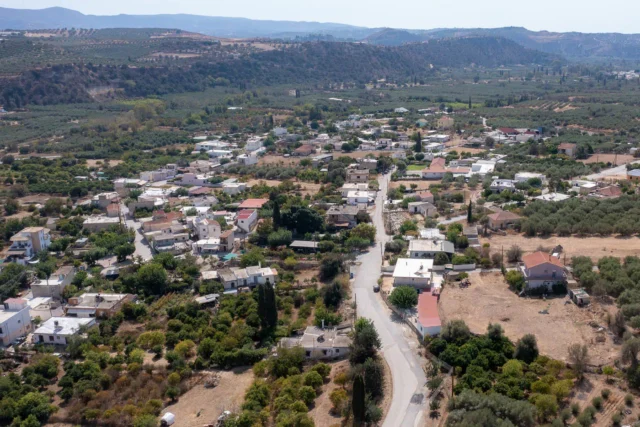
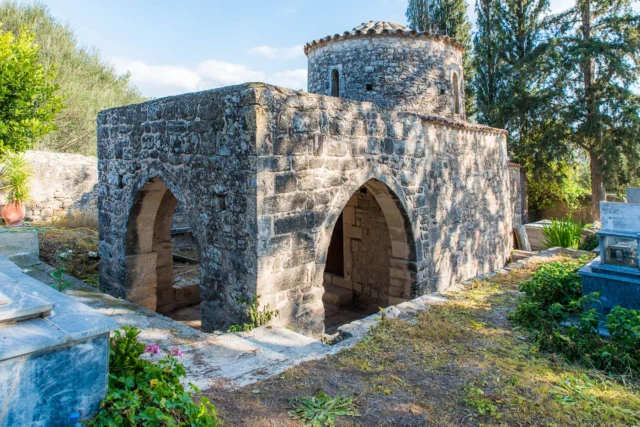



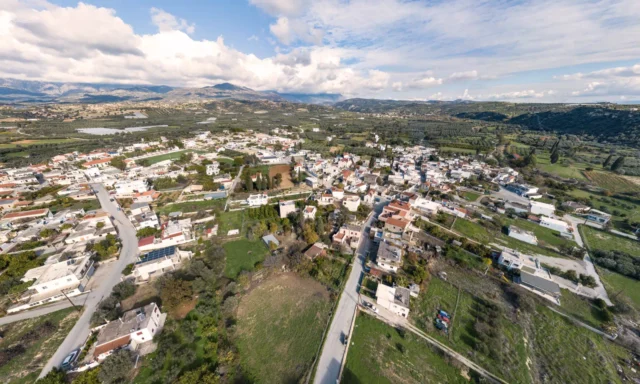
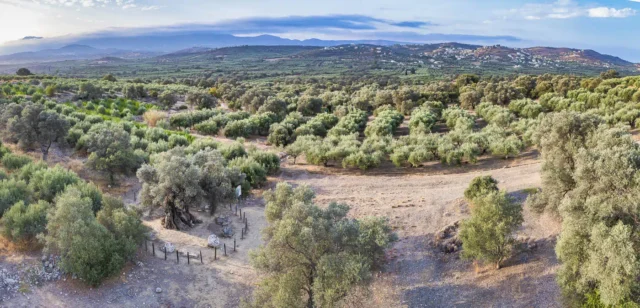

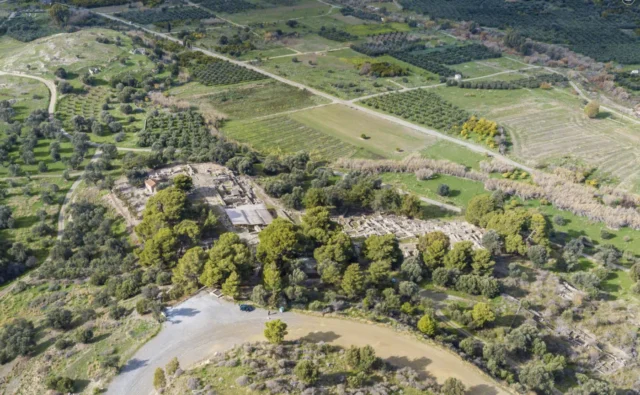
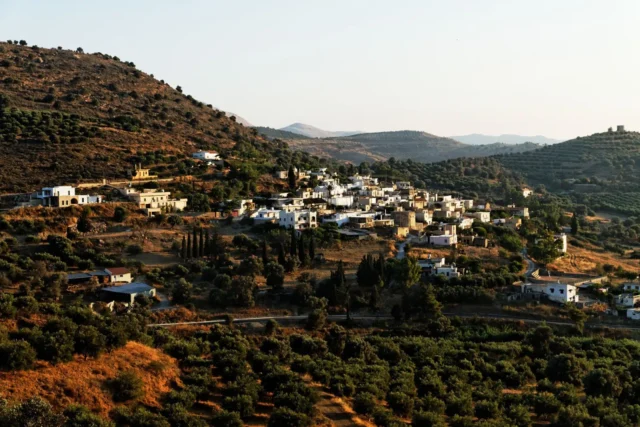
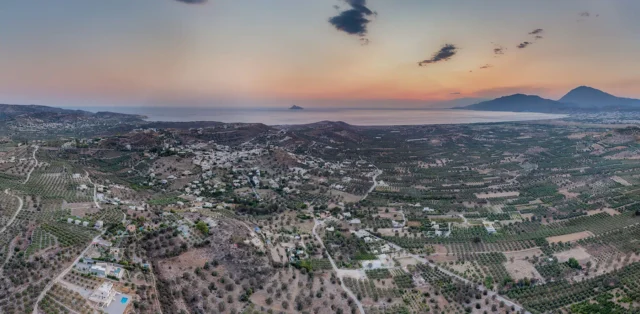

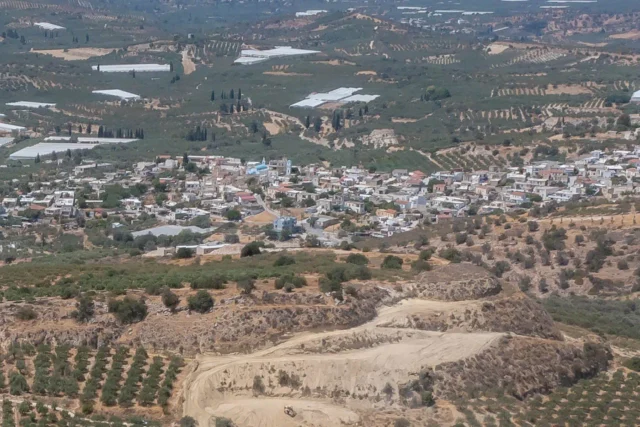
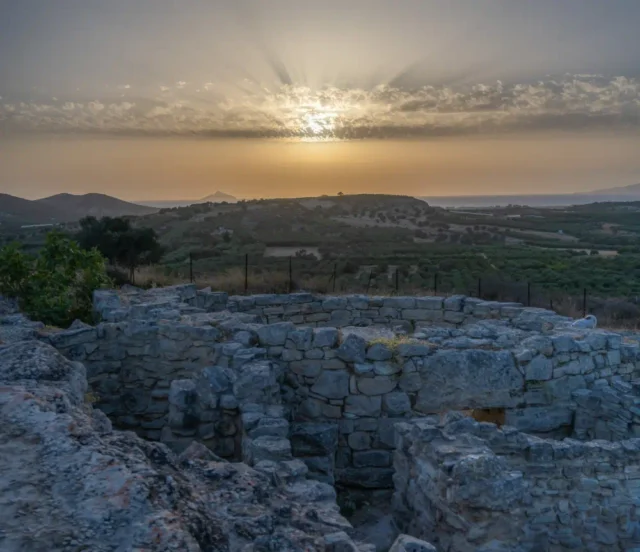
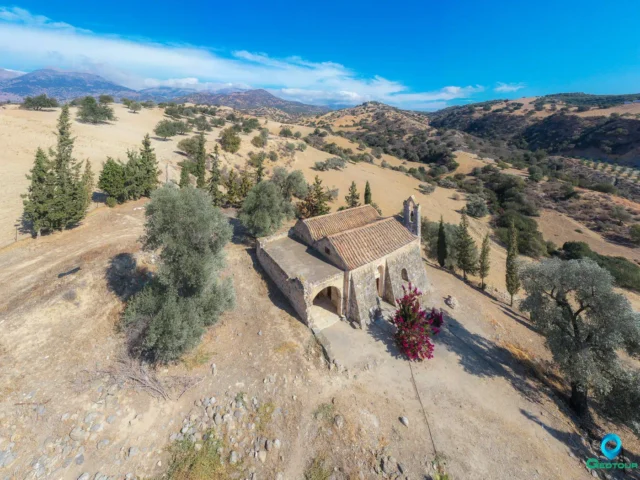
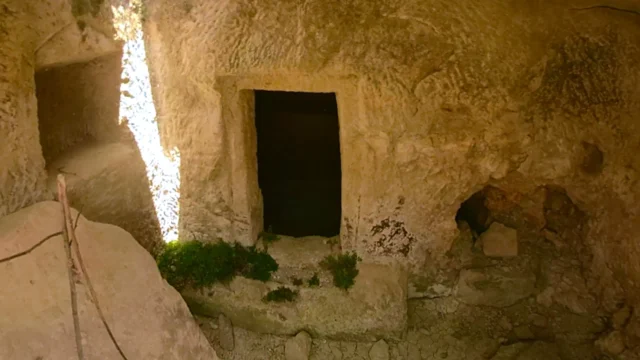

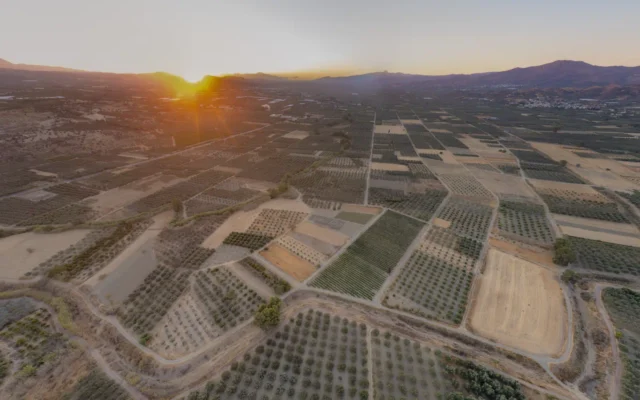

There are no comments yet.